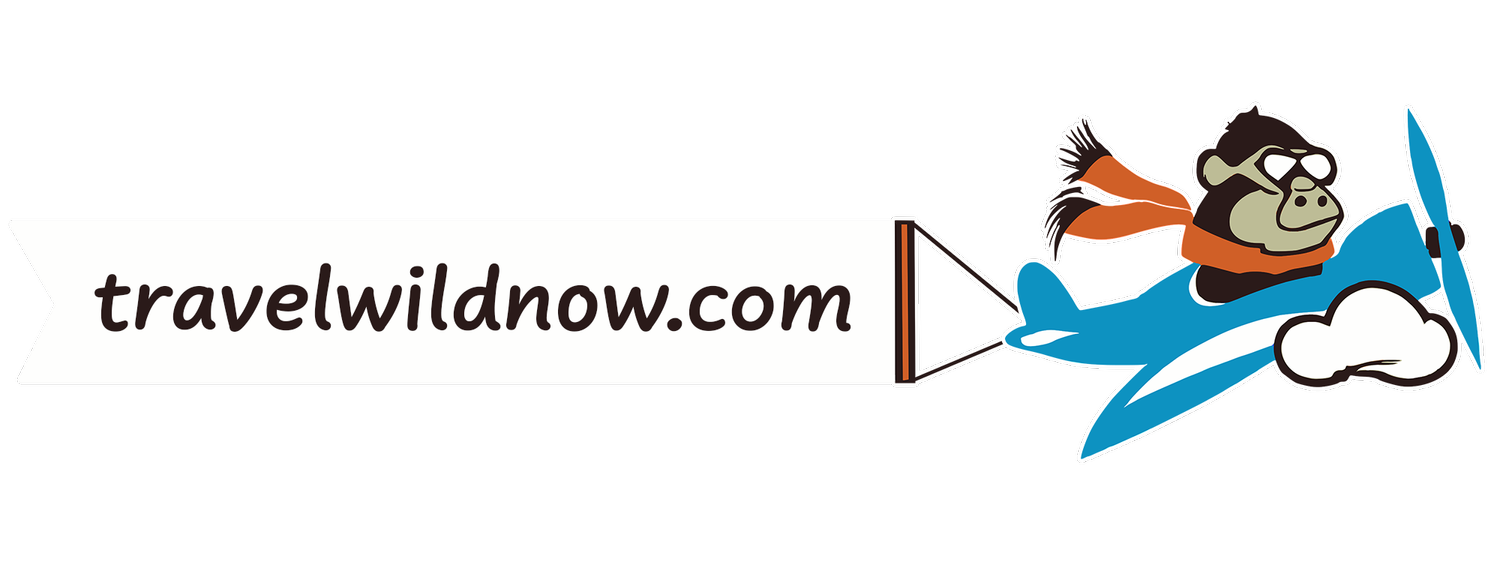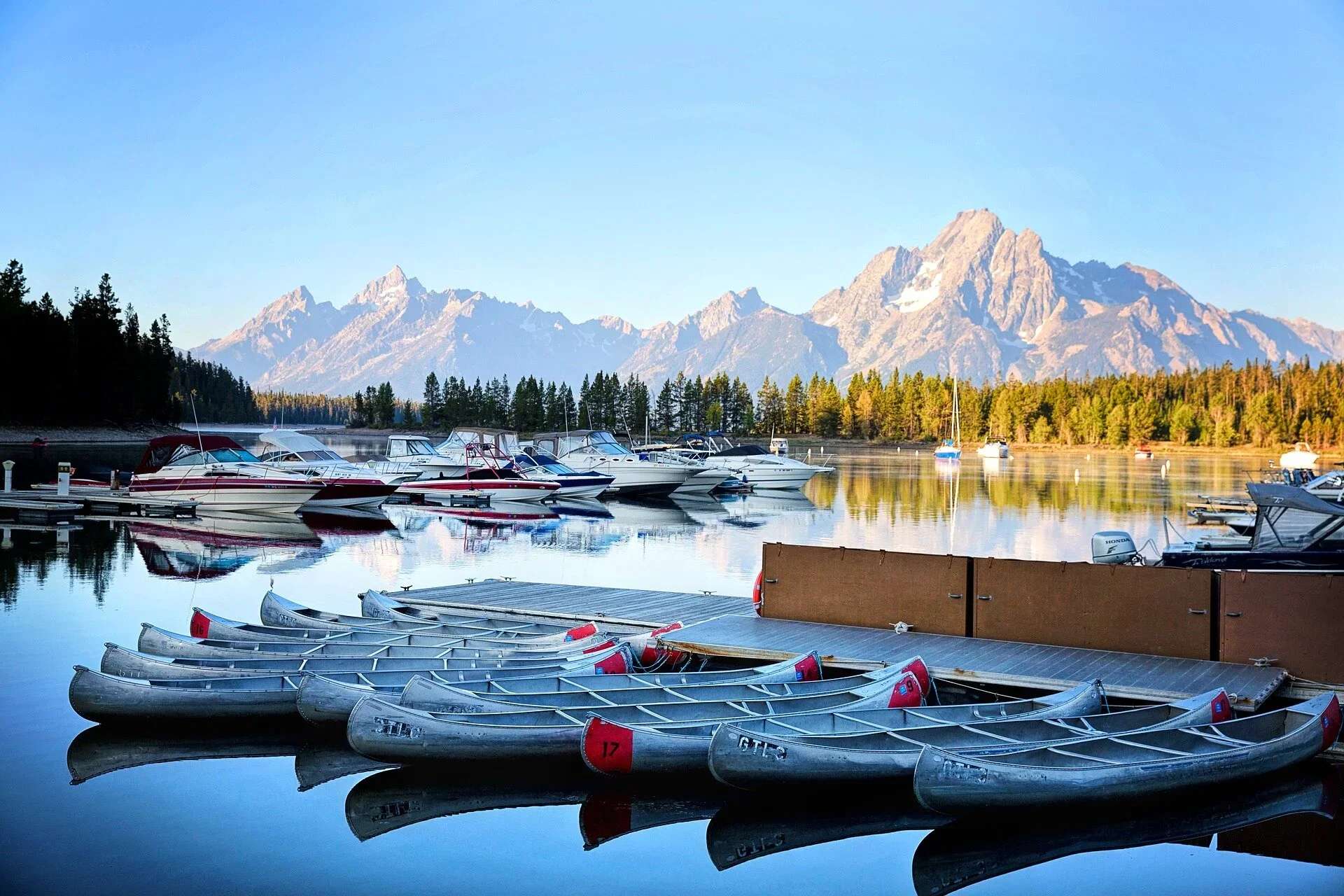
YELLOWSTONE and GRAND TETON PARK(s) 11 Days
Grand Teton National Park is in northwestern Wyoming. The park includes the major peaks of the 40-mile-long (64 km)
Teton Range as well as the valley known as Jackson Hole. The park is only 12 miles (18 km) from the south entrance of Yellowstone. Grand Teton is a popular destination for mountaineering, hiking, fishing and other forms of recreation. There are endless drive-in campsites and over 200 miles (320 km) of hiking trails. It is also noted for world-renowned trout fishing.
Getting there: Jackson Hole airport is located 30 minutes from the Grand Teton Park south entrance.
🚗 Car rental is essential to fully enjoy all parts of the park.
Where to stay at Grand Teton Park. Visitors can select from eight (8) locations.


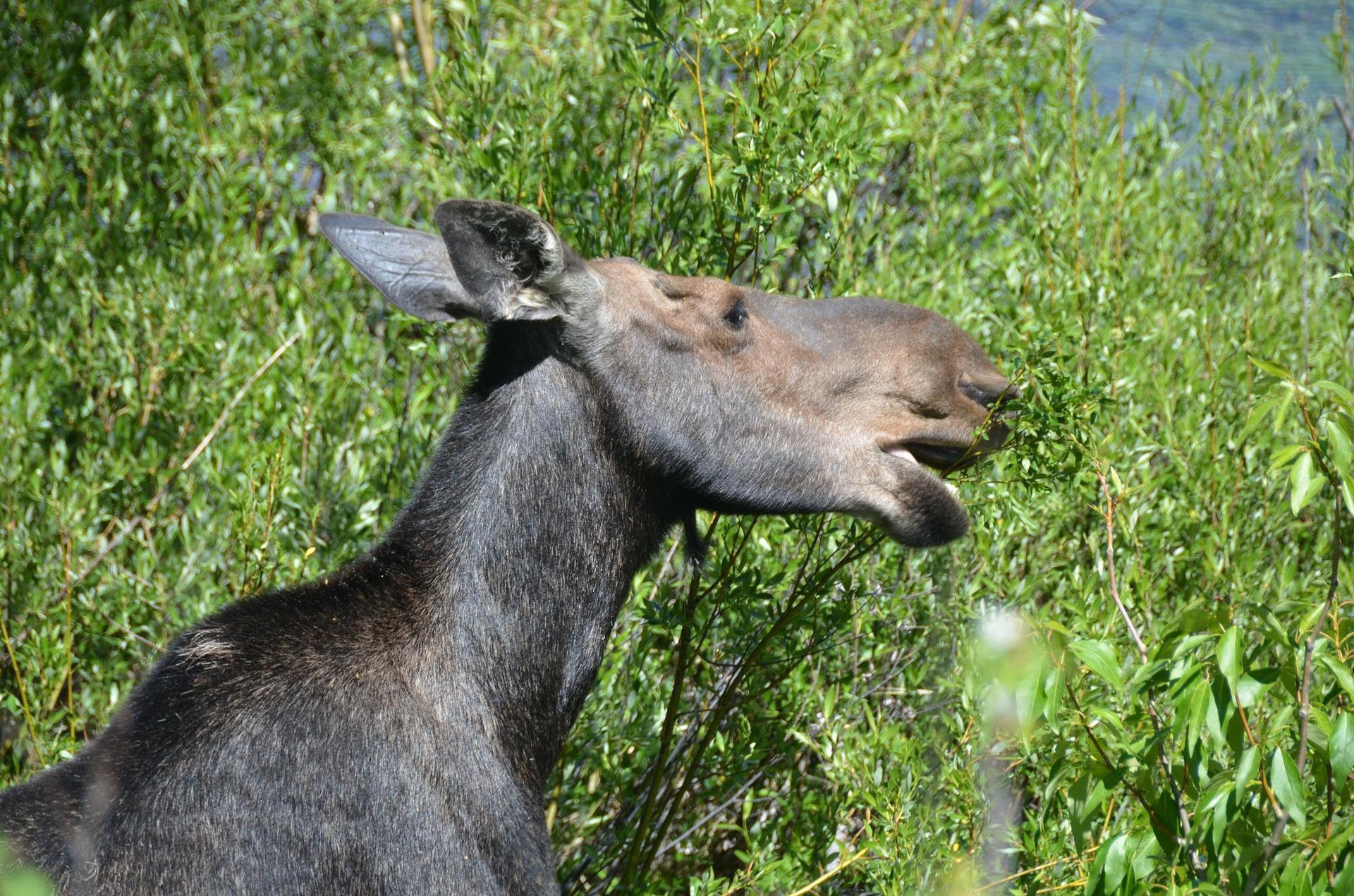
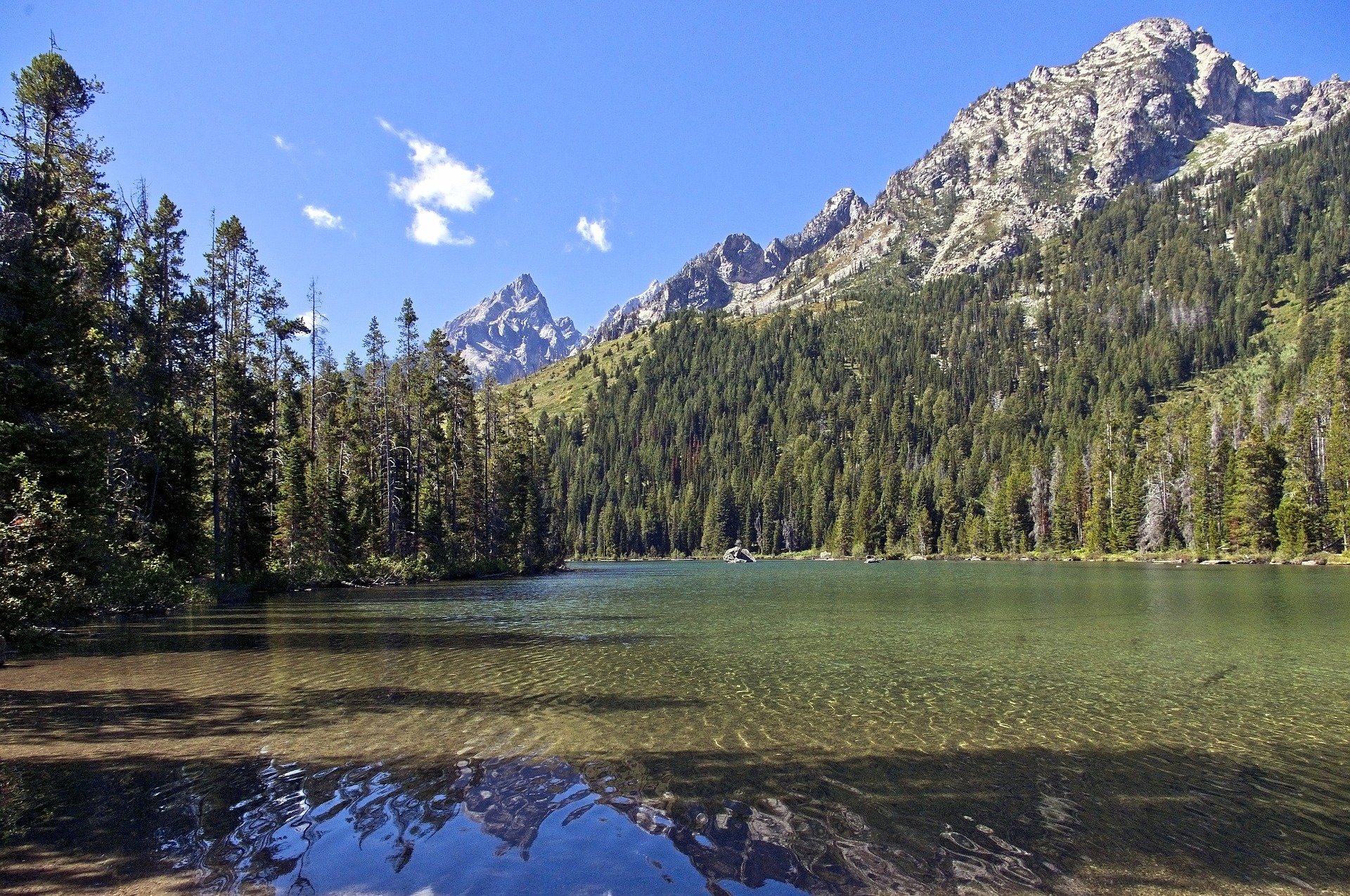
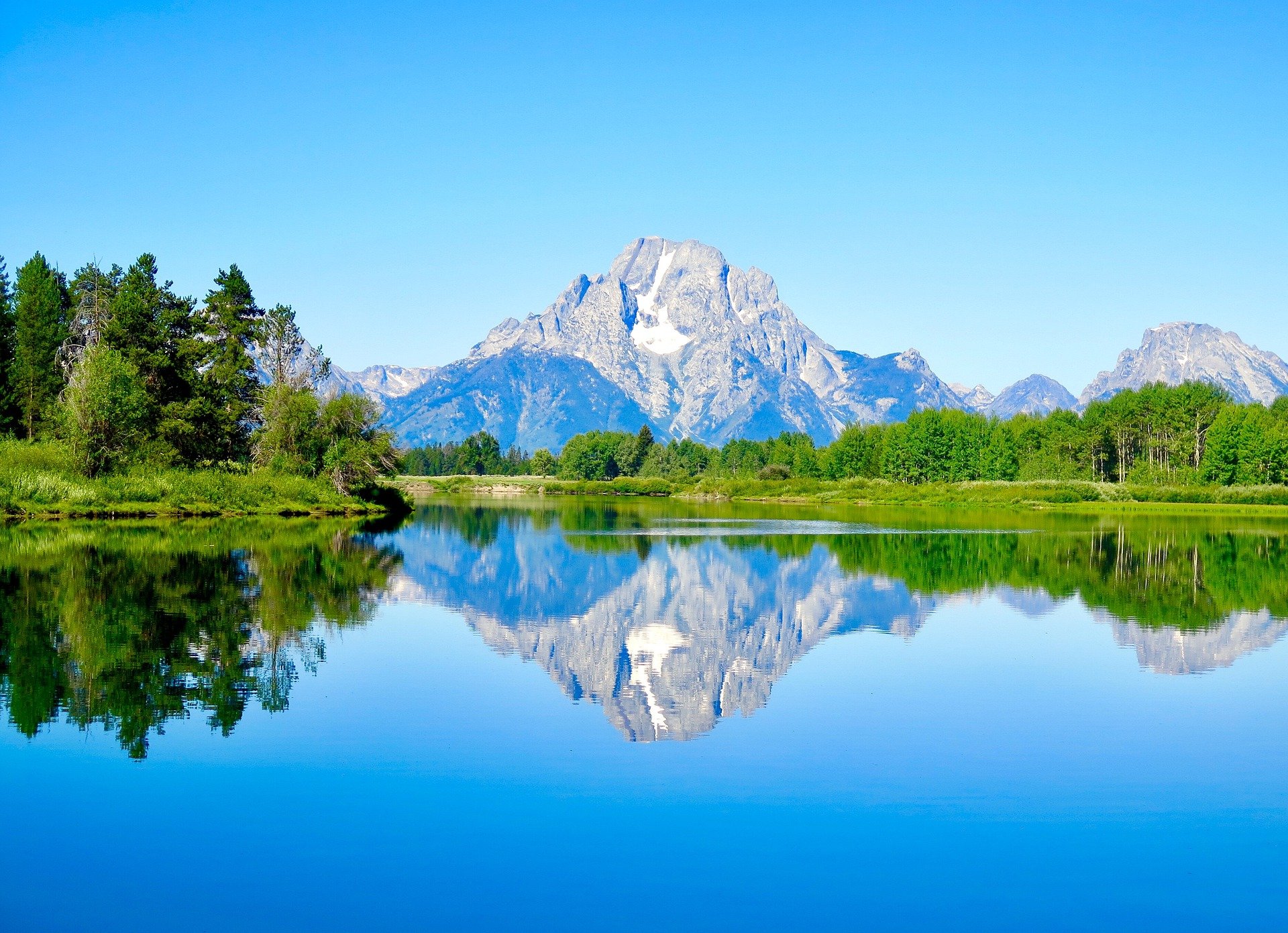
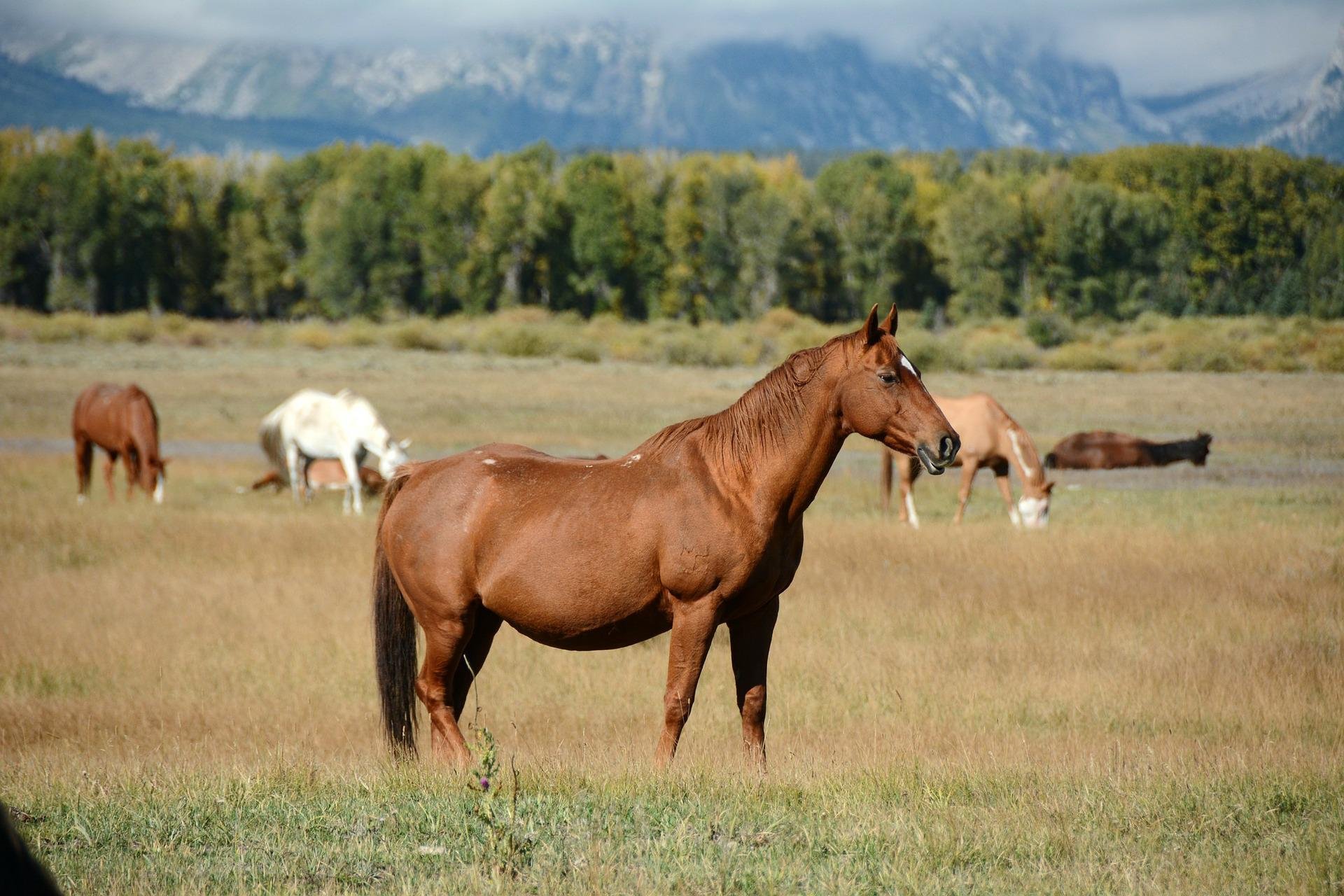


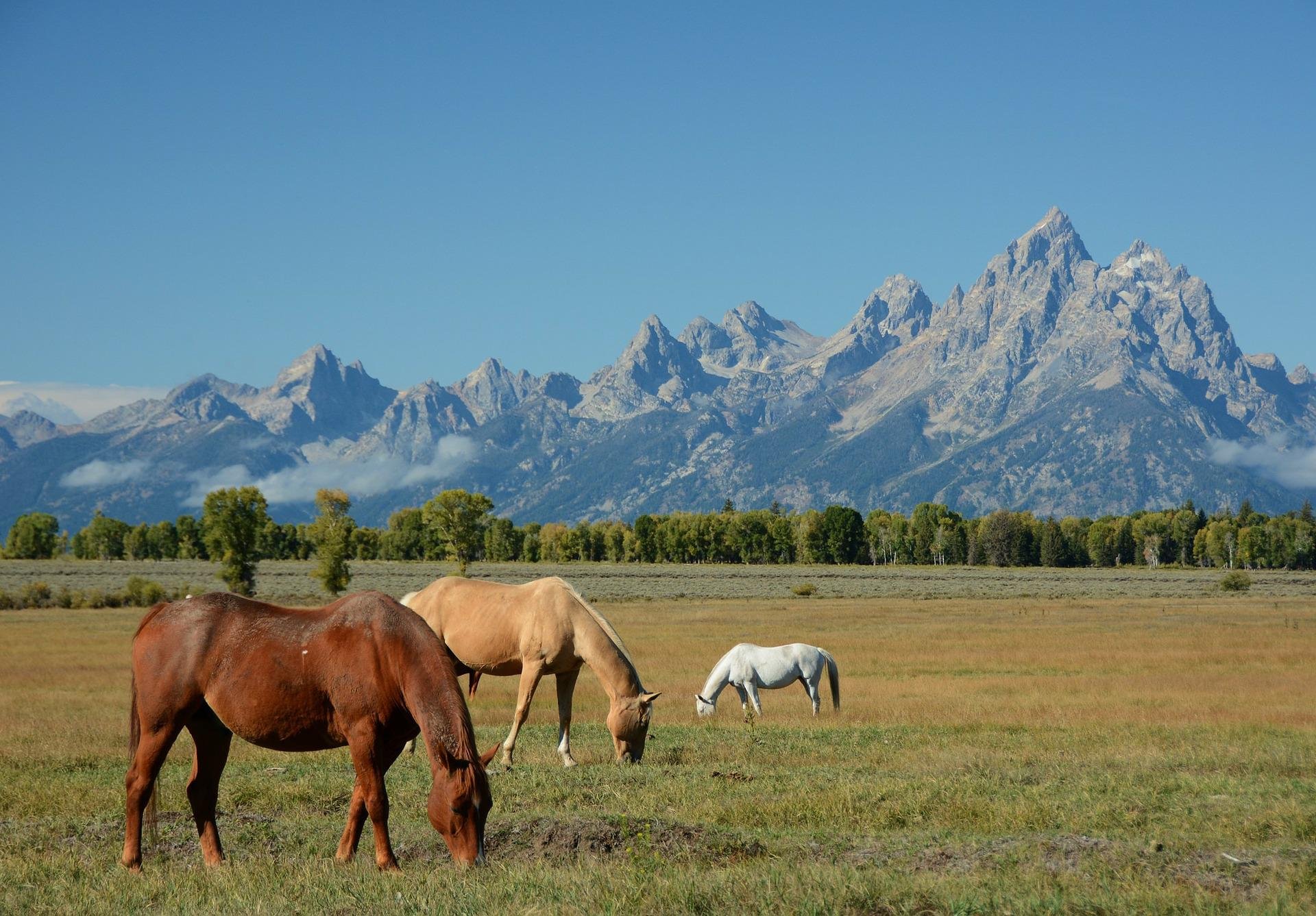
Reservations are required WELL IN ADVANCE.
Download the NPS app to make the most out of your National Park experience.
Best Guidebooks: Frommer’s Yellowstone and Grand Teton and Lonely Planet Yellowstone/Grand Teton.
Yellowstone National Park covers 3,500 square miles on a volcanic hot spot, about the size of Hawaii's Big Island. It has deep canyons, mountain rivers, green forests, hot springs, and geysers like Old Faithful. Many animals live there, such as bears, wolves, bison, elk, and antelope.
Getting there: Jackson Hole airport. Alternative airports are Cody, Wyoming and Bozeman, Montana.
All three (3) airports are 2.5 hours away.
If you're going to Yellowstone's North Entrance, fly to Bozeman or Cody Airport.
If you're going to Yellowstone's South Entrance, the best airport is Jackson Hole.
You can fly into one airport and out of another if flight and one-way car rental costs are affordable.
Where to stay: Visitors may select from seven (7) locations within the park.
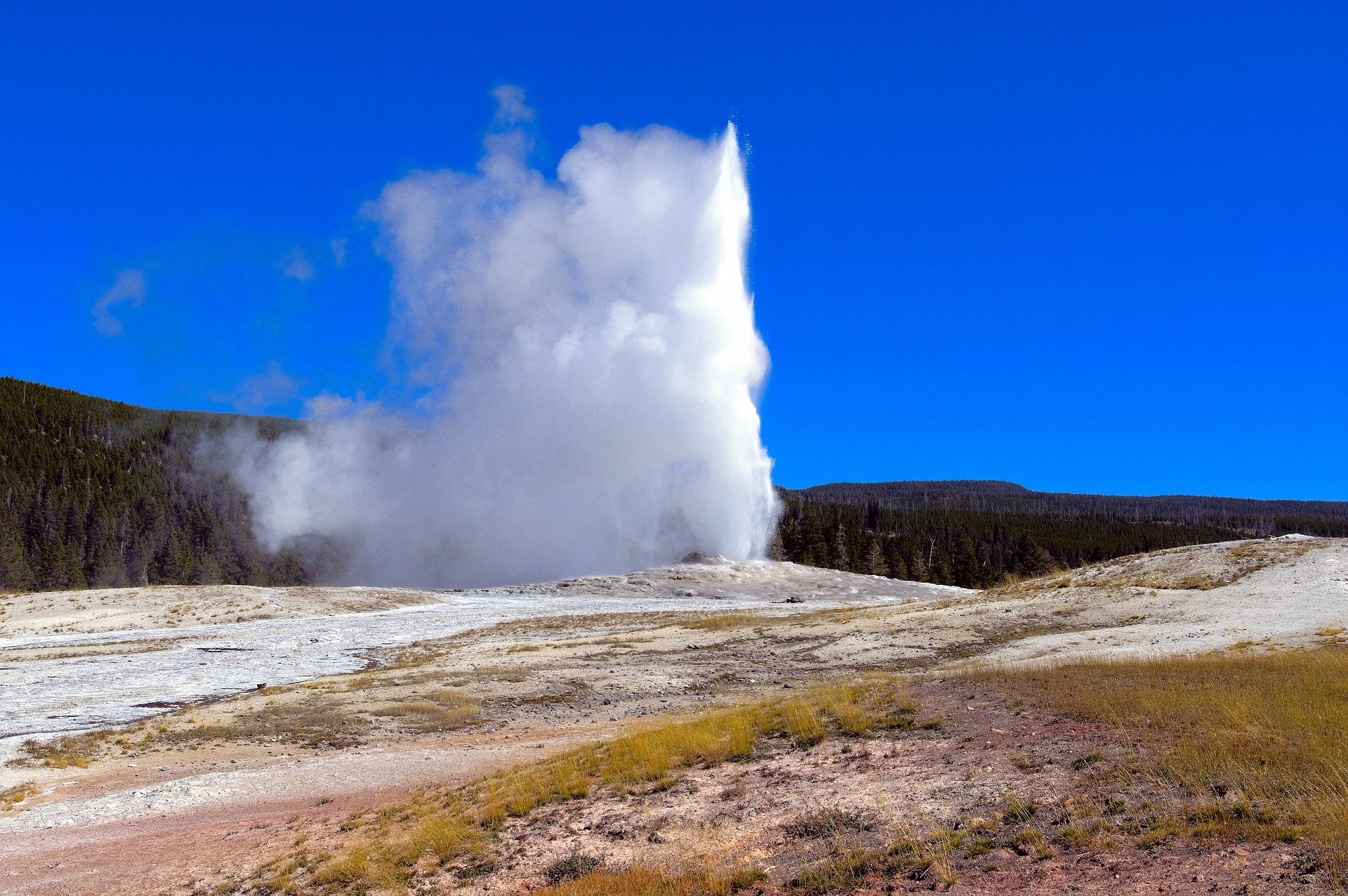
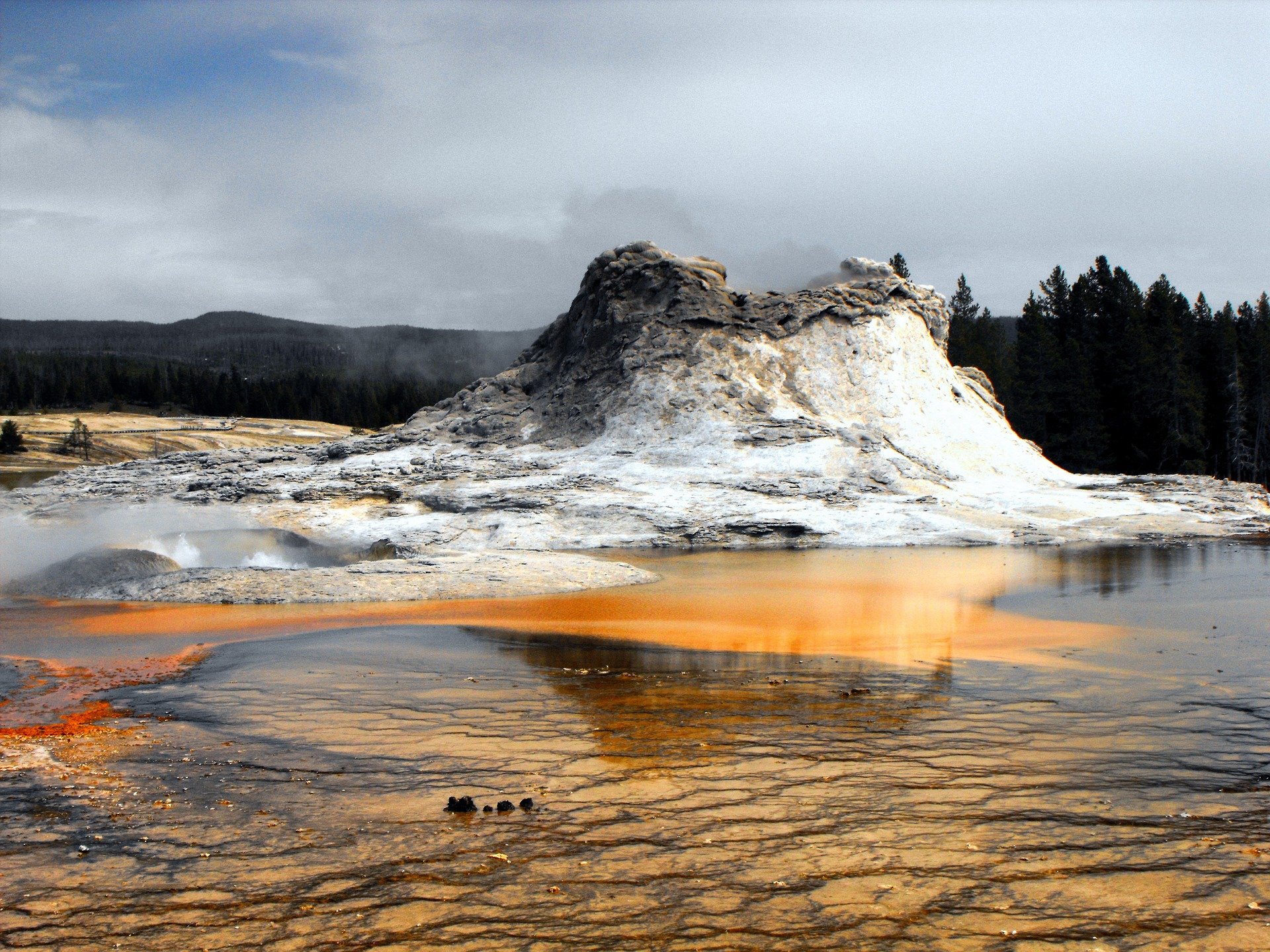

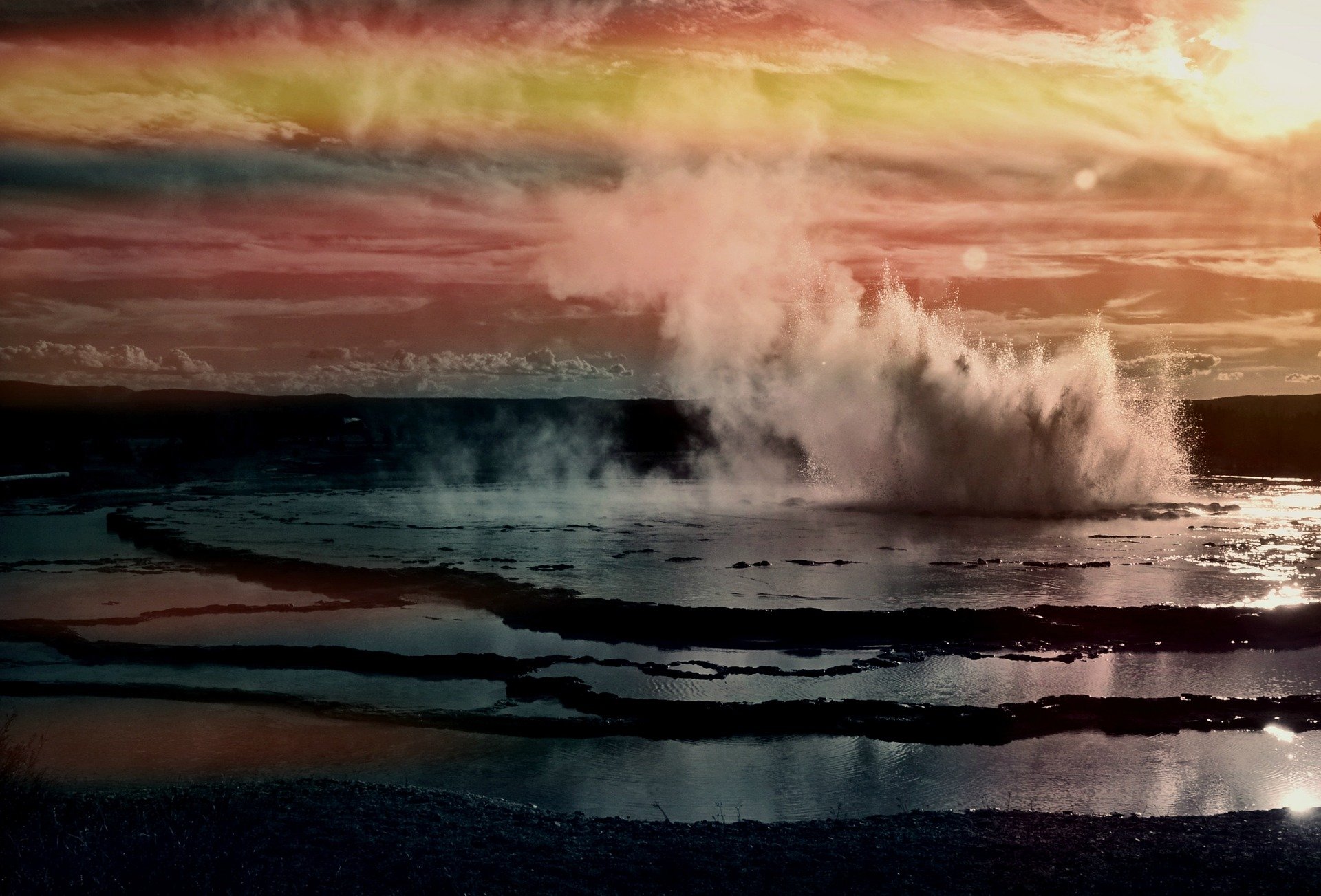
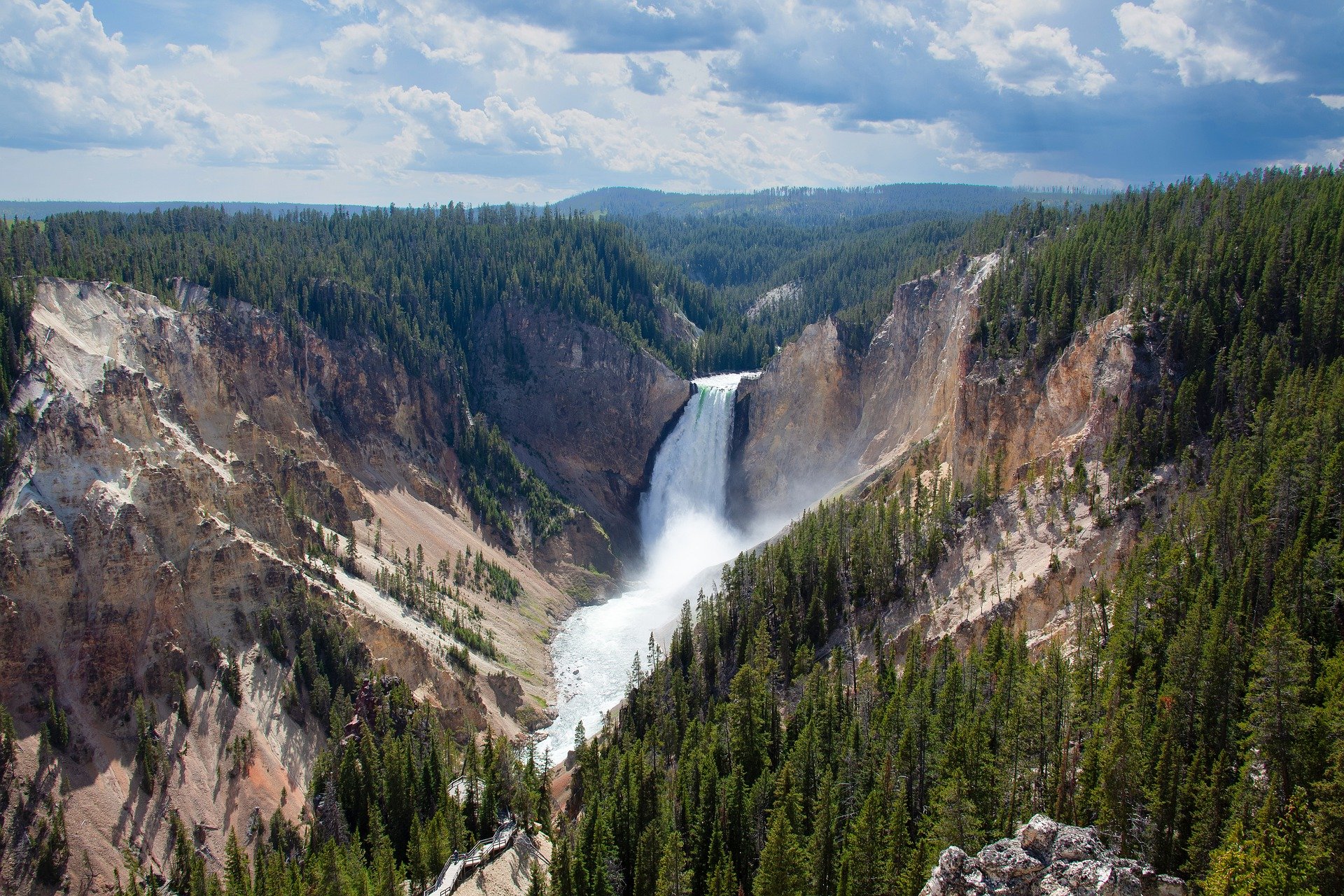
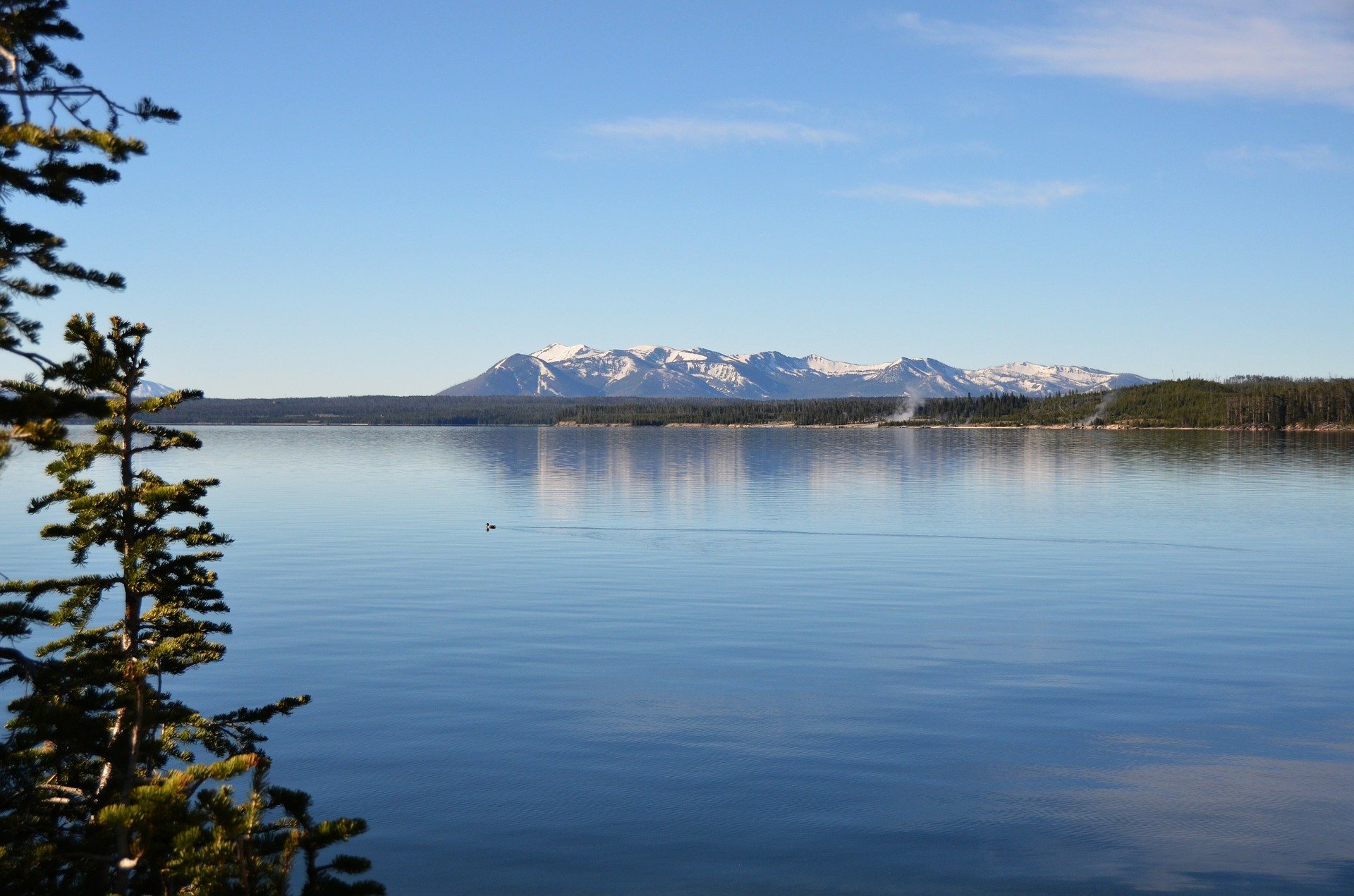
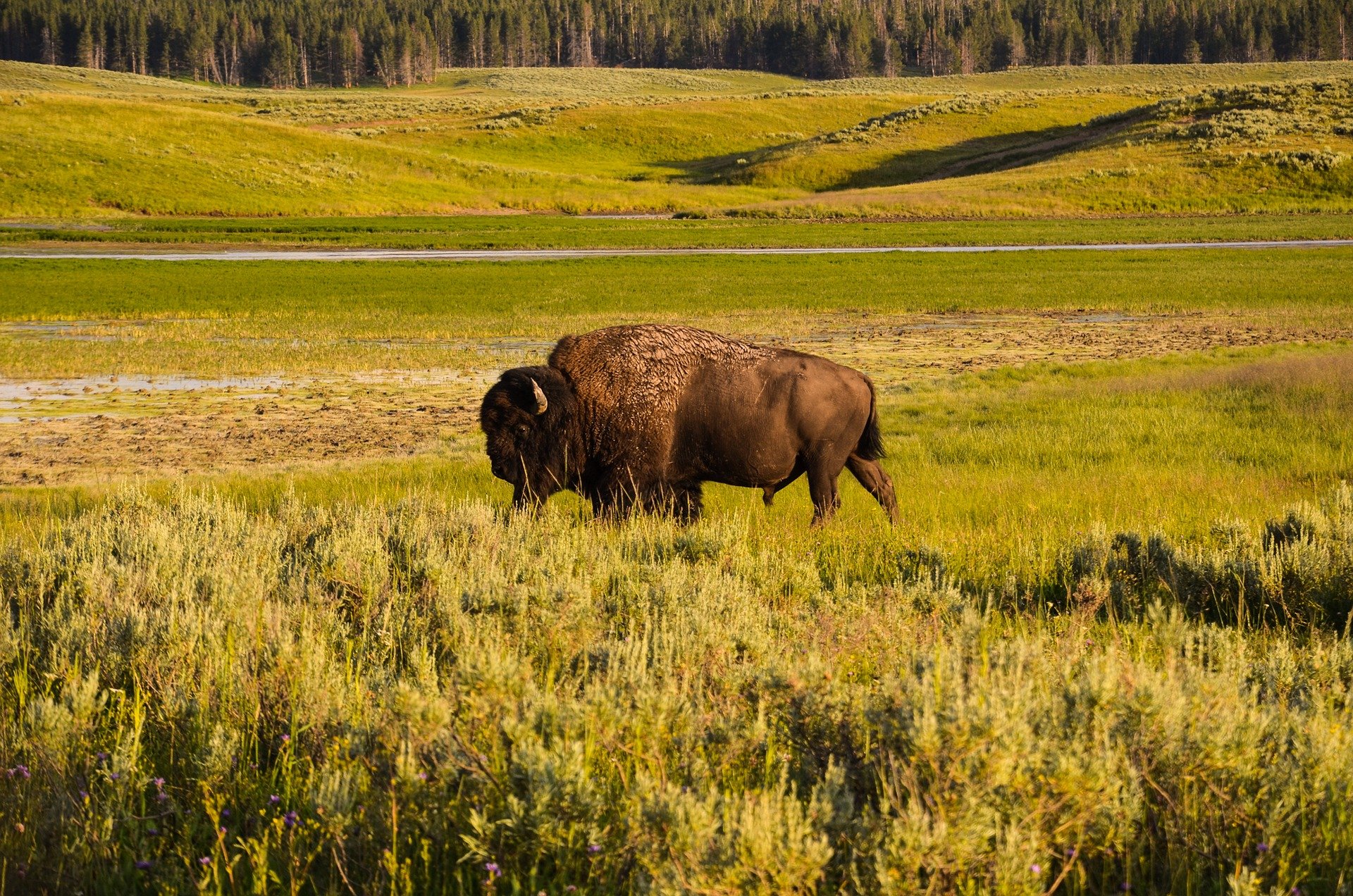
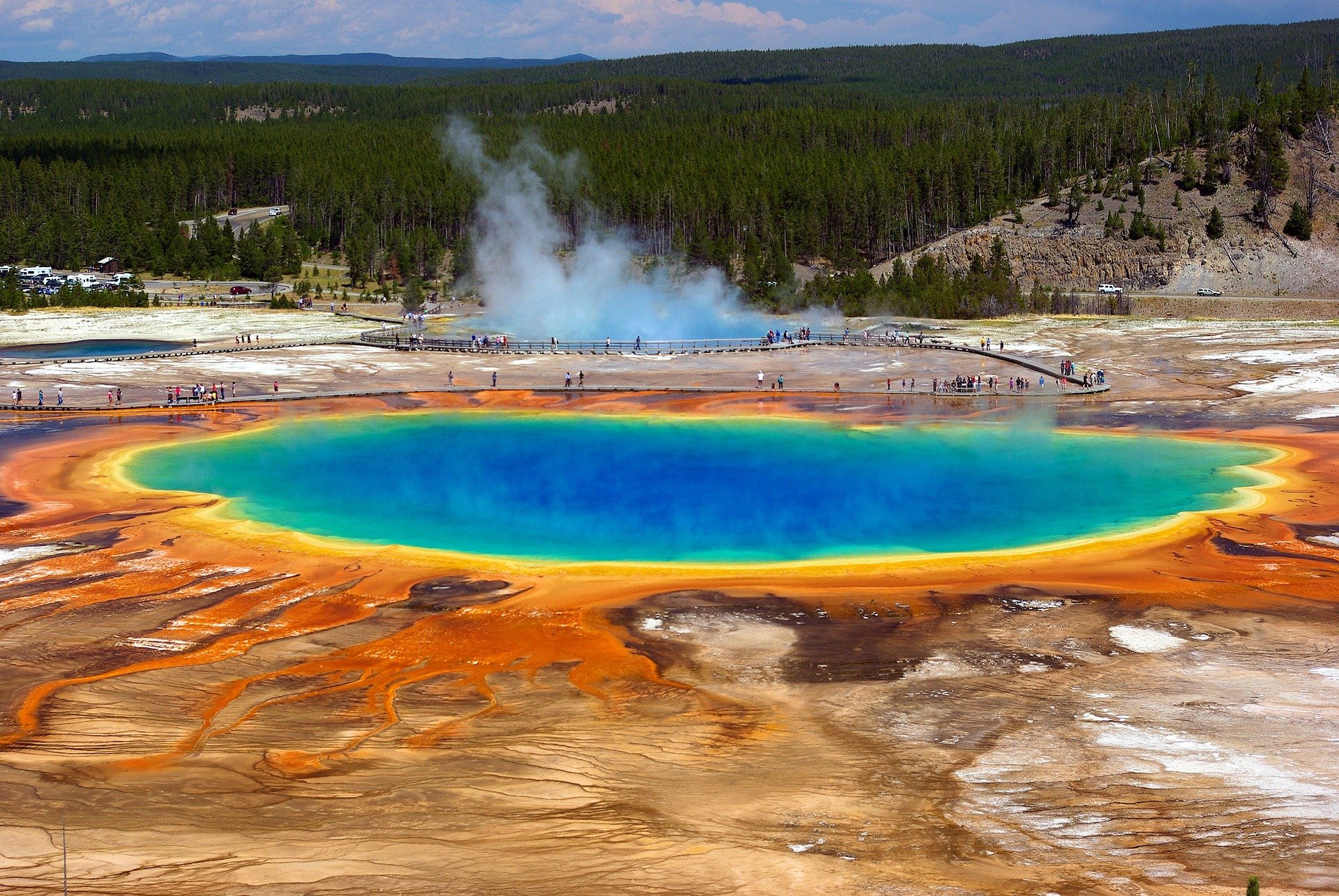
Reservations need to be made WELL IN ADVANCE. (one year in advance is not uncommon)
Yellowstone Trip Planner - contains helpful information.
Jackson is 30 minutes from Grand Teton Park and 2 hours from Yellowstone Park.
Jackson is a picturesque town in Wyoming’s
Jackson Hole valley and the gateway to
both National Parks.
Jackson is home to three (3) ski areas:
Jackson Hole Mountain Resort.
Snow King Mountain Resort.
Grand Targhee Resort.
After hitting the slopes, visitors
wander the restaurants, bars and souvenir shops.Learn more about the ski resorts.
SUGGESTED ITINERARY FOR VISITING BOTH PARKS.
DAY 1
Arrive at Jackson Hole airport. Transfer to your lodge at Grand Teton Park.
If time permits, go for a stroll or take some photos of the majestic Teton Range.
Overnight: Grand Teton Lodges (mentioned above), 4 nights.
Driving time: Jackson airport to Grand Teton Lodge. 45-60 minutes.
DAY 2 - 4
Explore Grand Teton National Park.
<Learn More> on the top 10 popular activities.
Best scenic drives:
Some roads are closed November to May.
<Road map>
If your seeking guided tours through Yellowstone and Grand Teton Parks, check out Grizzly Country Wildlife Adventures.
Learn more on <best walking trails> in Grand Teton.
Horseback riding in Grand Teton. <Learn more>
About the rides: One (1) and two (2) hour rides depart from Jackson Lake Lodge, Colter Bay Village and from Headwaters Lodge.
Take a scenic float trip on the Snake River, entirely in Grand Teton National Park.
Grand Teton Bike Pathway - A 20-mile paved trail popular with cyclists, families, and walkers runs from Jenny Lake Visitor Center through Moose to Jackson along the Snake River in spring, summer, and fall. <video>
You will see beautiful views of the Grand Teton mountains and might spot animals like elk and bison.
Download Trail Link on your phone. The app from Rails-to-Trails Conservancy helps you find walking and biking trails across the country.
Best Places to Photograph in Grand Teton National Park.
A popular photo spot is Mormon Row. <directions>
Overnight: Grand Teton Lodge.
DAY 5
Drive from Grand Teton to Yellowstone Park. 2.5 hrs, 110 miles.
History (video) of Yellowstone Park.
Yellowstone is very large, about 63 miles long and 54 miles wide. It’s bigger than the states of Delaware and Rhode Island.
👉 One of the most popular ways exploring the park is a clockwise driving route.
Approaching Yellowstone Park from Grand Teton:
Start the route at West Thumb Basin and continue to Old Faithful and Norris Basin. Continue to Mammoth Hot Springs, ———> Canyon Village, ———> Hayden Valley and ending at Lake Yellowstone.
The park's upper (north) loop is much quieter than the lower (south) loop.
🤔 TIP: To appreciate the beauty and wildlife, consider staying overnight in different areas of the park. This allows you to enjoy the scenery and attractions without feeling rushed. Staying in one spot can mean a lot of driving, especially during busy times.
Bring binoculars to spot distant animals.
DAYS 6-9 Highlights:
Discover Old Faithful Geyser/and Lower Geyser Basin.
A trip to Yellowstone isn't complete without seeing Old Faithful erupt. Eruptions last from 90 seconds to 5 min. with an average gap of about 90 minutes between them.. <video>
Lower Geyser Basin has geysers that erupt often, hot springs, and an interesting mud pool that feels otherworldly to visitors.
Norris Geyser Basin and Mammoth Hot Springs.
Norris Geyser Basin is the hottest, oldest, and most dynamic of the thermal areas.
At Mammoth Springs, walk on boardwalks above the steaming hydrothermal features <trail map> or take a drive around the vibrant travertine terraces.
Grand Canyon of Yellowstone and Hayden Valley.
Yellowstone’s Grand Canyon may not be as big as the Grand Canyon in Arizona, but it is nonetheless breathtaking.
The Lower Falls at the canyon is 308 feet high and one of the most photographed features in all of Yellowstone. <Learn more>
Artist Point - is an overlook point on the edge of a cliff on the south rim of the Grand Canyon.
Hayden Valley, Located in the center of the park, this is the best spot to see wildlife. As you drive through the wide valley, you may spot herds of bison, some elk, and perhaps a grizzly bear.
When is the best time to watch wildlife? Animals are most active at dawn and dusk. Aim to be in the valleys before sunrise.
Best Season: Hayden Valley is best from spring to fall, when the park roads are open.
Horseback guided tours are offered at Canyon village and Tower Roosevelt on well-mannered horses.
Stop and explore West Thumb Geyser Basin and Yellowstone Lake.
The West Thumb Basin is a unique shoreline thermal area. <trail map> Visitors can see hot springs flowing into the lake.
The 0.7-mile loop around Geyser Basin is flat and has lookout points for views of various geothermal features.
Yellowstone Lake - this is the largest high-altitude lake in North America, stunning in size. As you walk along the shore, you can see snow-capped mountains around the lake.
Take a scenic lake cruise or a guided fishing trip. Rent a rowboat and explore the shoreline. Boats are rented on a first-come, first-served basis at the Bridge Bay Marina.
<Learn more> where the best spots are for photography in Yellowstone Park.
Overnight in Yellowstone (4 nights): There are several places to visit. For this plan, it's best to go to a few of them.
Your choices are listed above.
🚗🕒 Driving times to various points in Yellowstone Park:
Lake Yellowstone—> Old Faithful Lodge. 1 hour.
Grant Village —> Old Faithful Lodge. 45 minutes.
Old Faithful Lodge —> Norris Geyser Basin. 1 hour.
Norris Geyser Basin —> Mammoth Hot Springs. 1 hour.
Mammoth Hot Springs —> Canyon Village. 1.5 hours
Canyon Village —> Grand Teton Park. 2.5 hours
DAY 10
Your last day visiting Yellowstone’s scenic wonders.
Return to Jackson, WY later in the day.
Alternatively choose between Cody, WY or Bozeman, MT for departure. (You can arrive at one airport and leave from another if flights and one-way car rentals fees are reasonable.
Overnight: Jackson.
Driving time: Yellowstone —> Jackson, 2.5 hours.
DAY 11
Return home from Jackson Hole Airport or other nearby airports (Cody, WY or Bozeman, MT).
(EXCLUDING AIRFARE)
$$$ USD for two (2) People
Budget: $3500
Moderate: $4400
Luxury: $5500+
Average cost:
🌤️ Climate - What to expect each weather season:
Spring Weather
Spring (April to early June) in Yellowstone/Grand Tetons can be amazing. You might see snow, rain, or warm, nice days all in one week. Visitors should be ready for changing weather.
Average temperatures range from highs of 40’s – 50’s (5-15°C) to 60’s – 70’s (15-25°C.) Overnight lows often are in the 25-40-degree range.
Summer Weather
Summer (mid-June through early September) provides the warmest temperatures. Summer weather tends to be drier and more pleasant. Highs are in the 70’s-80’s (25-30°C.) Lows can drop to the 30’s and 40’s (0-10°C.) Afternoon thunderstorms are not uncommon.
Yellowstone’s elevation ranges from 6,500 to 8,000 feet. This high elevation makes the sun more intense. Apply sunscreen.
Autumn Weather
Autumn begins the transition from summer to winter resulting in warm dry days and cool crisp nights.
Snow might start falling in late September, but it usually happens rarely and only enough to briefly close some higher roads in the park.
In autumn, visitors should plan for summer and winter, with highs from the 40’s-50’s (5-15°C) in later fall to 60’s and low 70’s (20-25°C) in early fall. ‘Lows’ will typically dip below freezing.
Winter Weather
Winter in Yellowstone is like another world. The “fire and ice” effect of the snow and colder temperatures mixed with the steamy boiling hot springs and geysers make for amazing snowscapes and natural beauty.
Most park roads are closed to regular wheeled vehicles, allowing access only to “over-snow” vehicles like snowmobiles. The road from Gardiner, Montana to Cooke City, Montana, via Mammoth Hot Springs is the only in-park road accessible to cars, buses and trucks. However, the road dead-ends at Cooke City, as travel beyond that town is limited to over-snow vehicles again.
Winter temperatures in Yellowstone change with elevation. Most visitor spots stay between 0 and 25°F (-20 to -5°C). Higher areas often fall below freezing. The park gets about 150 inches of snow each year, with higher places getting 200 to 400 inches.
Winter weather can occasionally cause the temporary closure of park roads. We suggest you check with the National Park Service at 307-344-7381 or visit the National Park Service website for current road reports.
Yellowstone - Grand Teton Gallery
🎬 Video























No copyright infringement is intended on this website by travelwildnow.com